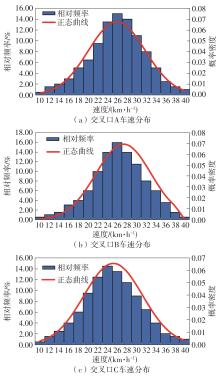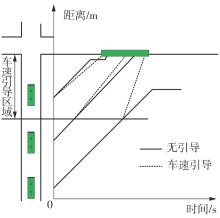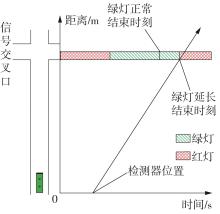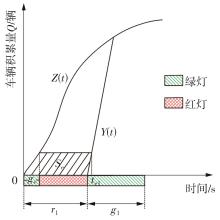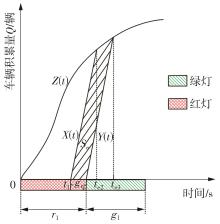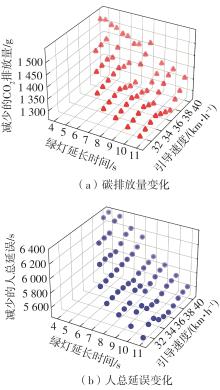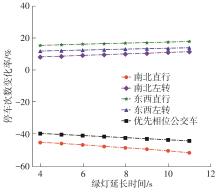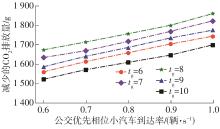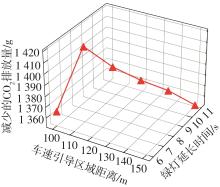华南理工大学学报(自然科学版) ›› 2023, Vol. 51 ›› Issue (10): 160-170.doi: 10.12141/j.issn.1000-565X.230178
所属专题: 2023绿色智慧交通系统专辑
• 绿色智慧交通系统 • 上一篇
随机特性下考虑碳排放的公交优先控制优化模型
胡兴华1 陈兴辉1 汪然2 隆冰3 吴江4
- 1.重庆交通大学 交通运输学院, 重庆 400074
2.重庆攸亮科技股份有限公司, 重庆 404100
3.重庆市交通规划研究院, 重庆 401120
4.重庆盛远工程设计咨询有限公司, 重庆 400023
Optimization Model of Bus Priority Control Considering Carbon Emissions with Stochastic Characteristics
HU Xinghua1 CHEN Xinghui1 WANG Ran2 LONG Bing3 WU Jiang4
- 1.School of Traffic &Transportation,Chongqing Jiaotong University,Chongqing 400074,China
2.Chongqing YouLiang Science & Technology Co. ,Ltd. ,Chongqing 404100,China
3.Chongqing Transport Planning Institute,Chongqing 401120,China
4.Chongqing Shengyuan Engineering Design Consulting Co. ,Ltd. ,Chongqing 400023,China
摘要:
在交通强国建设的大背景下,大力发展城市公共交通,推动城市可持续发展已然成为城市交通发展的必然要求。公交信号优先控制作为一种主动优先策略,可有效减少公交车辆在信号交叉口处产生的碳排放和延误,提升公交服务质量。为研究公交优先控制策略对交通碳排放的影响,基于交叉口车速随机特性,引入公交车速概率密度函数,分析了延误、停车次数、速度等主要参数对交通碳排放的影响。采用车速引导与绿时延长的组合控制策略,以交叉口上游路段以及交叉口范围内不同燃料类型的公交车和小汽车的碳排放减少量最优为上层目标,以人总延误减少量最优为下层目标,以引导速度以及非公交优先相位被压缩的绿灯时间为决策变量,建立单交叉口公交优先控制双层优化模型,并采用Gauss-Seidel迭代算法对模型进行求解。最后,将所建立的模型应用算例进行分析,结果表明,在引导提速与绿时延长策略下,交叉口整体的碳排放和人总延误减少量可分别达到25.63%和36.27%。模型有效降低了交叉口上游路段以及交叉口范围内的碳排放和人总延误,在推动可持续发展的同时,实现了交叉口整体通行效益最优。
中图分类号:
